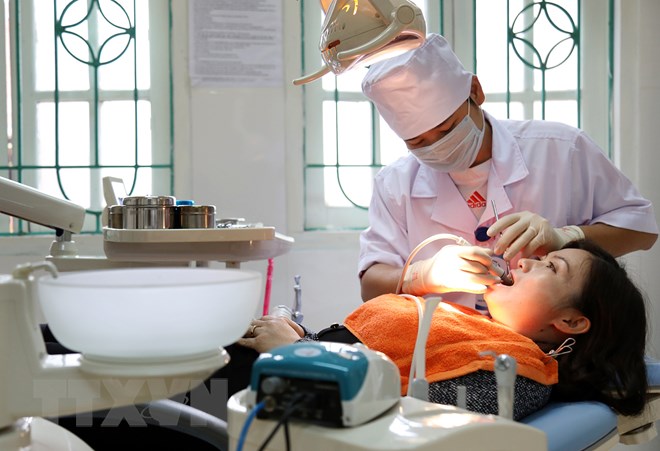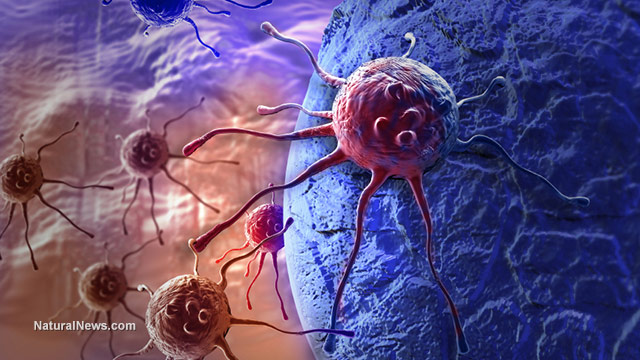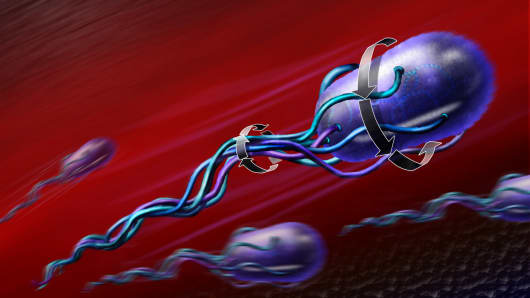Ông Phạm Văn Tác, Vụ trưởng Vụ Tổ chức cán bộ (Bộ Y tế) cho biết, sắp tới Bộ Y tế sẽ tiến hành sáp nhập các trung tâm y tế dự phòng, trung tâm phòng chống HIV/AIDS, trung tâm phòng chống bệnh xã hội… thành một đơn vị thống nhất.
Ngày 30/12, tại hội nghị đổi mới hệ thống y tế địa phương, ông Tác cho hay, việc cải cách hành chính ở tuyến tỉnh sẽ được thực hiện ngay từ tháng 1/2016 theo mô hình CDC Hoa Kỳ (kiểm soát dịch bệnh) theo tinh thần của thông tư số 51/2015/TTLT-BYT-BNV.
Theo thông tin từ Bộ Y tế, hiện nay ở nhiều địa phương tồn tại trung bình 5-7 trung tâm, cá biệt có địa phương lên đến 12 trung tâm..
Cũng theo thông tư 51, cấp sở sẽ khống chế đội ngũ lãnh đạo không quá 3 cấp phó; tại cấp tổng cục lãnh đạo có không quá 4 cấp phó.
Như vậy việc sáp nhập các trung tâm này sẽ giúp tinh giảm rất nhiều về nhân lực. Điển hình như riêng đội ngũ giám đốc các trung tâm sẽ giảm 5-12 người xuống còn 1 giám đốc duy nhất. Như vậy, tính chung trên toàn quốc sẽ giảm hàng trăm xe công phục vụ riêng các giám đốc; giảm xây dựng mới hàng trăm trụ sở công…
Cũng theo ông Tác, với quy định mới tiêu chuẩn chức danh lãnh đạo yêu cầu lãnh đạo phải có trình độ sau đại học và thêm một quy định buộc phải có đó là chứng chỉ về đào tạo quản lý ngành y tế.
"Bởi lâu nay người quản lý trong ngành thường có bằng cấp về chuyên môn, chuyên ngành liên quan đến điều trị, dự phòng trong khi việc quản lý phải có kỹ năng, nghiệp vụ về điều hành nhân sự, tài chính," ông Tác nhấn mạnh.
Theo quy định mới, đối với tiêu chuẩn về trình độ chuyên môn, do đặc thù của ngành y tế là ngành chuyên môn kỹ thuật cao, Giám đốc Sở Y tế phải có trình độ chuyên môn sau đại học về y, dược, y tế công cộng, hoặc quản lý y tế.
Đối với Phó Giám đốc Sở Y tế phải có trình độ chuyên môn sau đại học một trong các chuyên ngành y, dược hoặc chuyên ngành khác phù hợp với lĩnh vực công tác đảm nhiệm.
Đối với tiêu chuẩn về ngạch, yêu cầu Giám đốc và Phó giám đốc Sở y tế giữ ngạch chuyên viên chính hoặc các ngạch tương đương trở lên.
Cũng trong thời gian tới, tại cấp xã phường cũng sẽ thành lập trung tâm hai chức năng trên cơ sở sáp nhập trung tâm y tế dự phòng, trung tâm y tế và bệnh viện tuyến huyện. Việc này đảm bảo thống nhất điều hành trong việc phòng chống và điều trị cho người dân đạt kết quả tốt nhất ngay tại tuyến cơ sở, nguồn lực đầu tư tập trung.
Báo cáo của Bộ Y tế cho thấy thực tế thời gian qua, một số địa phương còn xem nhẹ đầu tư cho y tế dự phòng, khiến dịch bệnh lây lan, chỉ tập trung cho các cơ sở điều trị vì đây là cơ sở có nguồn thu./.










